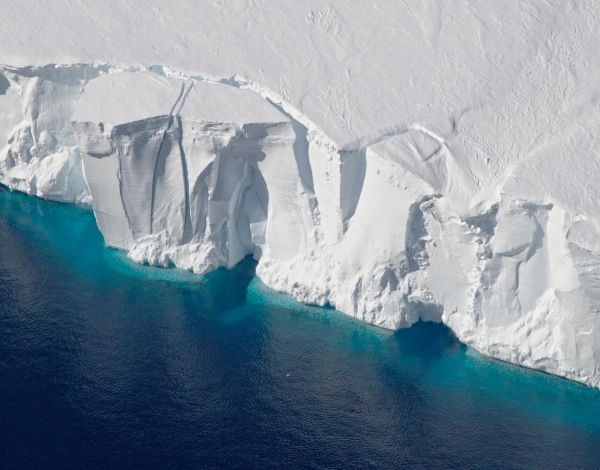Warming waters in the western tropical Pacific Ocean have significantly increased thunderstorms and rainfall, which may affect the stability of the West Antarctic Ice Sheet and global sea-level rise, according to a Rutgers University–New Brunswick study.
Since the mid-1990s, West Antarctica – a massive ice sheet that sits on land – has been melting and contributing to global sea-level rise. That melting has accelerated this century. Wind and weather patterns play a crucial role in governing the melting: Winds push warm ocean water toward the ice sheet and melt it from below, at the same time as winds bring warm air over the ice sheet surface and melt it from above.
The study, in the journal Geophysical Research Letters, found that the South Pacific Convergence Zone, a region of the western tropical Pacific, is a major driver of weather variability across West Antarctica.
“With so much at stake – in coastal communities around the globe, including in New Jersey – it is very important to understand the drivers of weather variability in West Antarctica,” said Kyle Clem, a former post-doc who led the research at Rutgers–New Brunswick and is now at Victoria University of Wellington in New Zealand. “Knowing how all regions of the tropics influence West Antarctica, both independently and collectively, will help us understand past climate variability there and perhaps help us predict the future state of the ice sheet and its potential contribution to global sea-level rise.”
Read more at: Rutgers
The Getz Ice Shelf helps keep the West Antarctic Ice Sheet stable. (Photo Credit: NASA/Jeremy Harbeck)


